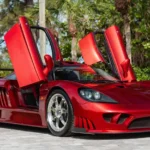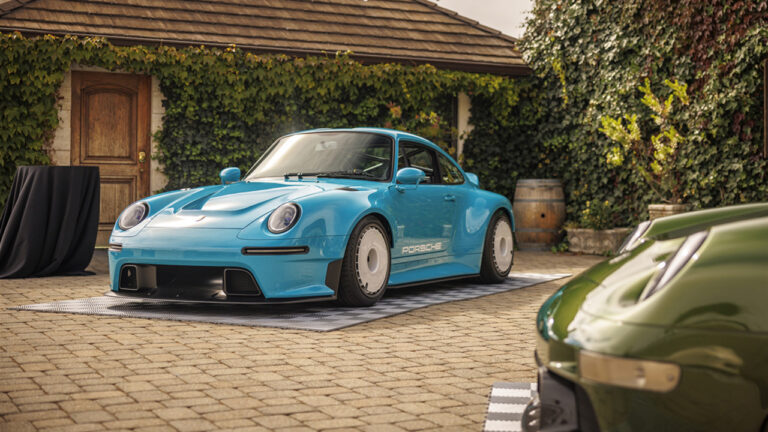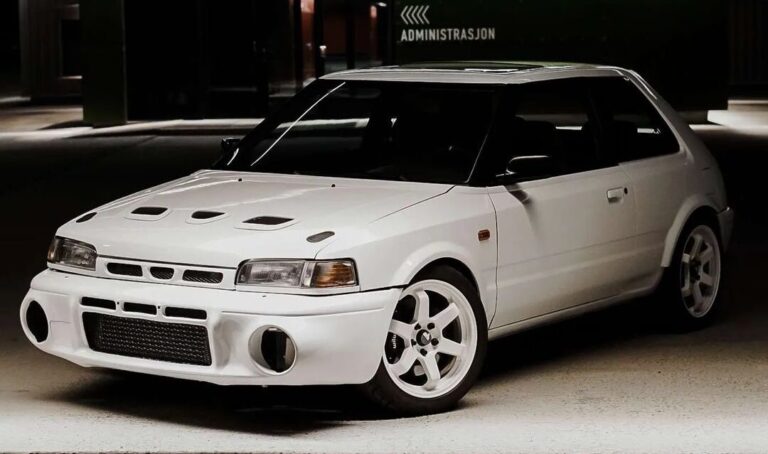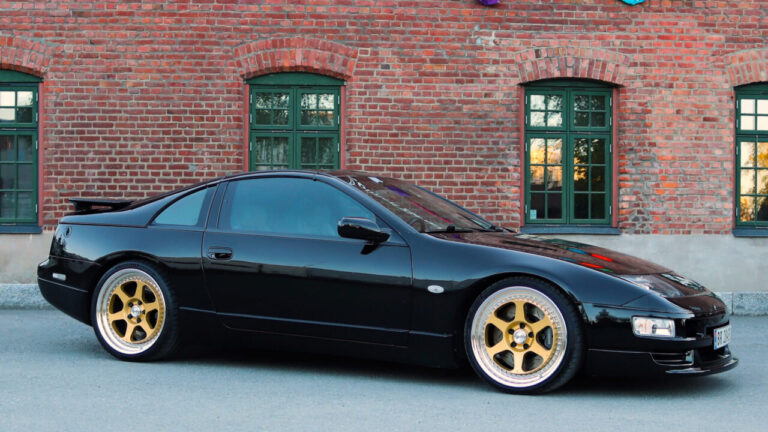
Front-wheel drive cars are often frowned upon by driving enthusiasts, but the truth of the matter is that when properly set up and with a good driver behind the wheel, they can be driven as fast around a track as anything else.
Carmakers from the Land of the Rising Sun know this, and over the years, they have built some excellent FWD performance models that are perfect for track days.
Honda Civic Type R
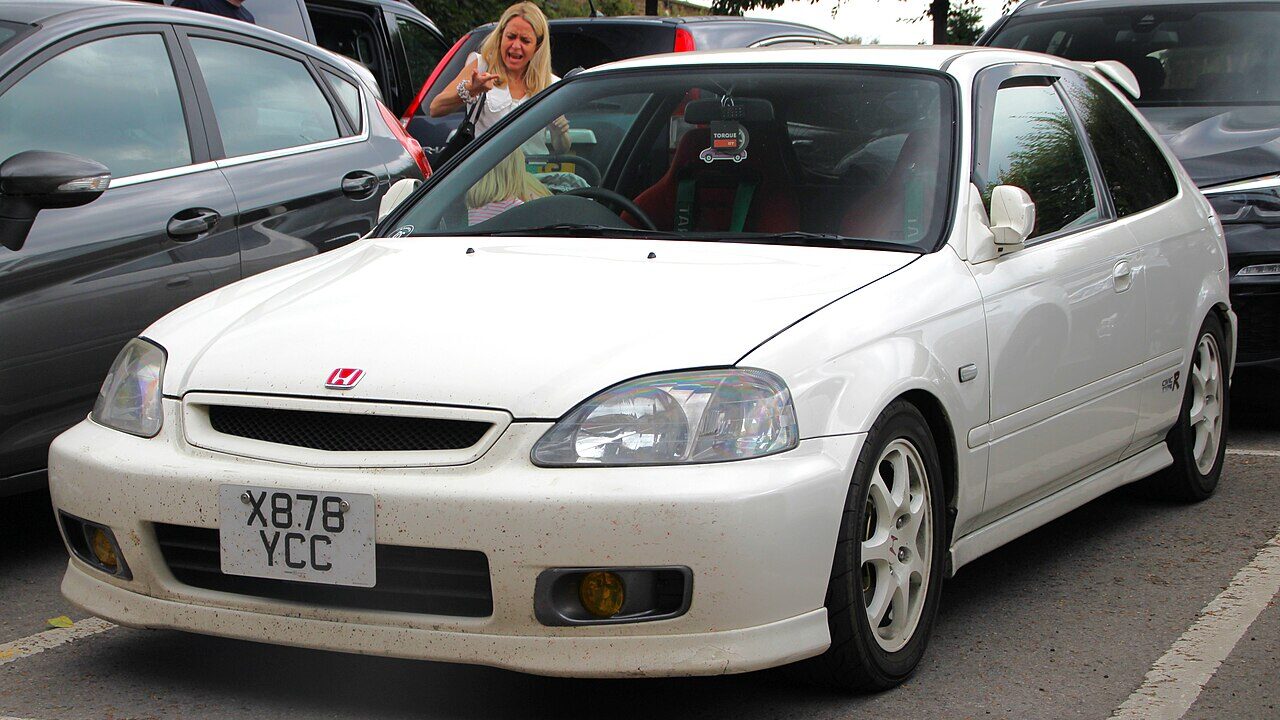
Honda introduced the first Civic Type R in 1997, and with its taut chassis, excellent B16 powerplant, and low weight, it was one of the best hot hatches the world had ever seen. Unfortunately, it was only available in Japan.
The next generations, the EP3 and FN2 were available in Europe, but in the States, there wasn’t a CTR available until 2017. Better late than never, though, as the latest generations of the CTR have set some very impressive lap times around the Nürburgring. In 2017, it lapped the infamous track in 7:43.80, smashing the previous FWD record by seven seconds. That said, all the high-revving Honda Civic Type R generations are excellent on the track, as that’s what they’re built for.
Honda CR-X
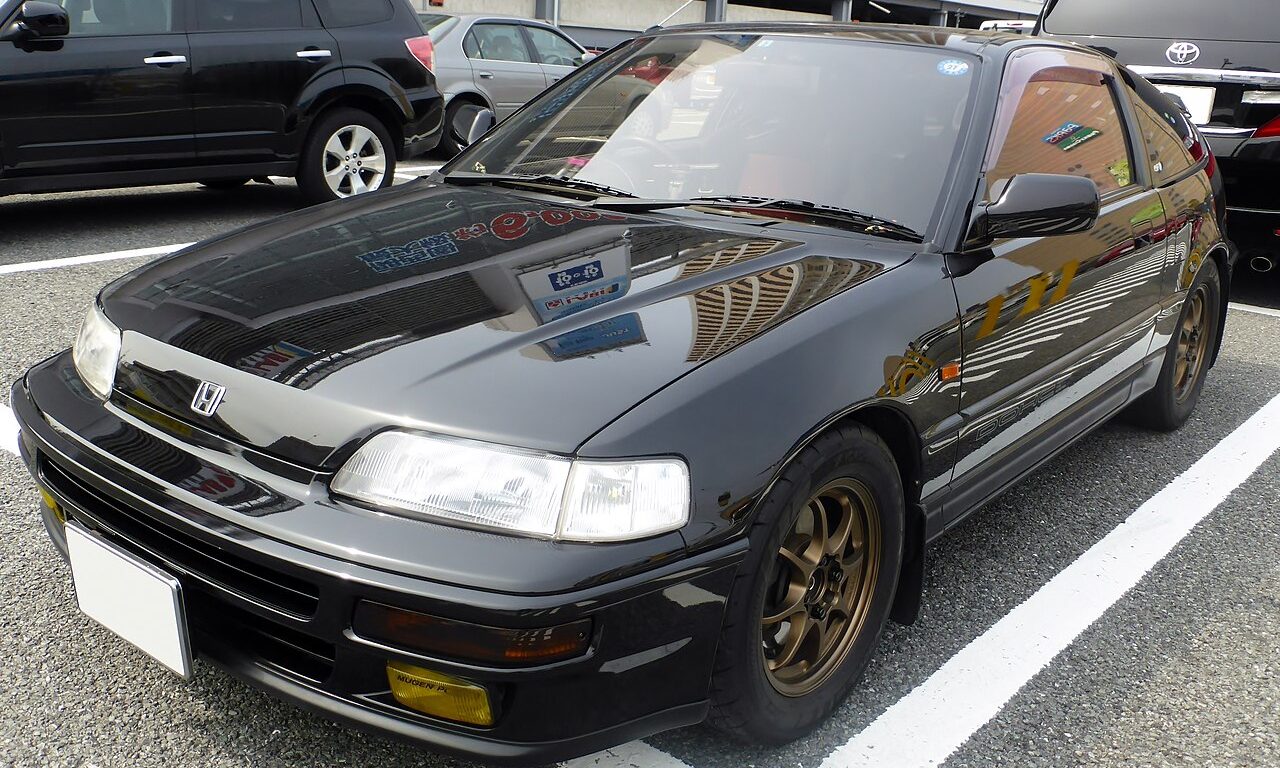
As reported by Autoevolution, long before Honda introduced the Civic Type R, the Minato City-based carmaker built another fun front-wheel drive model that ruled the racetracks. The old Honda CRX isn’t particularly powerful, but thanks to its very low curb weight, it’s still a scorcher around the track. Honda built some great, lightweight cars with rev-happy engines back in the day, and the CRX was among their best work.
While most second-gen CRX cars had one of the single-cam D-series engines, the JDM SiR had the full-fat B16A VTEC twin-cam unit with 160 horsepower. Perfect for track use!
Acura / Honda Integra Type R
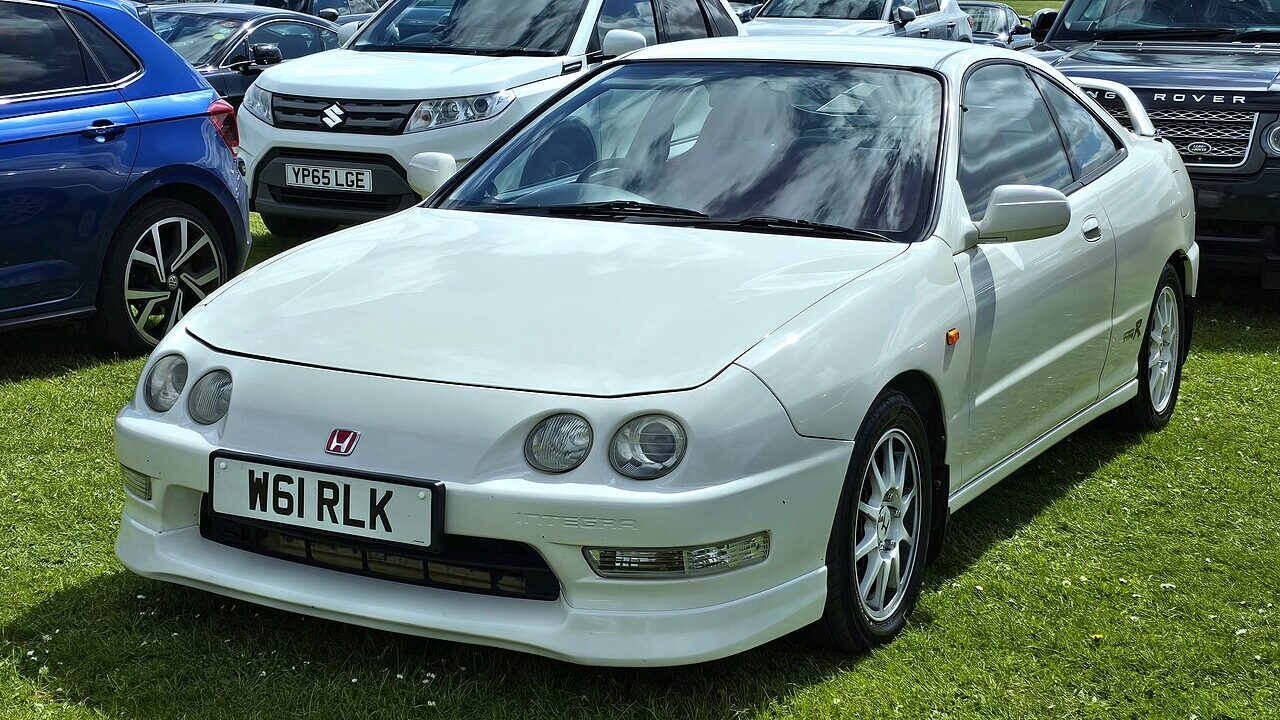
The Integra Type R was introduced in 1995, and to this day, it’s considered one of the best-handling FWD cars money can buy. Speaking of money, you now have to fork out a substantial amount to get your hands on an ITR, so many enthusiasts have resorted to modifying their lower-spec models.
There are quite a few chassis and engine updates that separate the Type R from the regular Integra. For one, it has the iconic B18 1.8-liter VTEC inline-4 engine pumping out 197 ecstatic Japanese racehorses. Getting from 0 to 60 takes just over 6 seconds, but the ITR really shines in the twisty sections, making it the perfect tool for tight and narrow tracks. Its successor, the Acura RSX, was still marketed as the Integra outside the US, and while the American RSX Type S was good, it wasn’t quite as good as the Integra Type R sold in Japan with the now-legendary K20 engine with 220 hp, along with a close-ratio 6-speed manual transmission, and Brembo brakes with 4-piston calipers.
Mitsubishi Eclipse GSX

These days, the Mitsubishi Eclipse has been turned into a crossover and is a mere shadow of its former self. However, back in the 1990s and early 2000s, the Mitsubishi Eclipse was one of the coolest Japanese sports coupes money could buy. It even had a starring role in the first F&F movie.
After appearing in said movie, the second-generation Eclipse became extremely sought after among JDM enthusiasts. While there is a turbocharged AWD version available, this article is about FWD cars, which means it’ll either have a Chrysler-sourced 2.0-liter engine, a 2.0 or 2.4-liter Mitsubishi unit. Don’t worry too much about the power, as there are a bunch of aftermarket parts available, so it can easily be turned into a focused track car, or you can use it as a daily driver that can handle some track use on the weekends.
Mitsubishi FTO
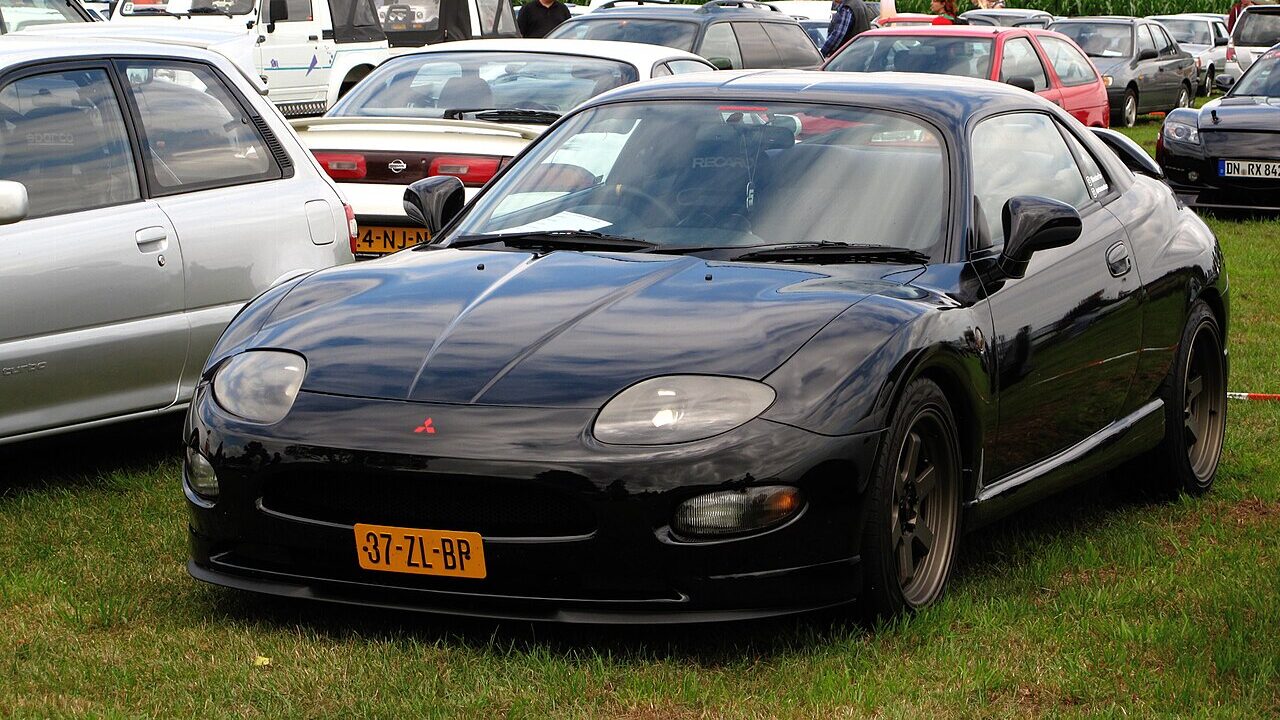
In 1994, Mitsubishi launched the FTO (Fresh Touring Origination), which was originally intended to be exclusively available on the Japanese domestic market. However, due to its popularity, Mitsubishi eventually exported it to some right-hand drive markets.
Higher-spec FTOs had a 2.0-liter MIVEC V6 engine with 168–197 horsepower, and while it was available with a manual transmission, it’s more famous for its INVECS-II automatic “tiptronic-style” transmission. It was even driven by Jackie Chan in the racing movie Thunderbolt.
Mazda 2 / Demio

Those who’ve spent some time playing the Gran Turismo video games are guaranteed to have come across the Mazda Demio, sold as the Mazda 2 outside Japan.
It’s affordable, but not very powerful. However, sinca Mazda likes to inject some of its “Jinba Ittai” ethos (horse and rider as one) into all its cars, not just the Miata, the Demio is tons of fun to drive on the limit. For the previous generation, the most powerful version had a 1.5-liter engine churning out just north of 100 hp, and the latest generation is available with a 2.0-liter SkyActive mill pumping out a much more respectable 139 hp. Power isn’t the main thing here, though, it’s all about its agile chassis, allowing you to throw it around the track without ever worrying about going so fast it’ll kill you.
MazdaSpeed3

If the underpowered Mazda 2 doesn’t do it for you, make sure you check out the MazdaSpeed3. This is the perfect option for those who are on a budget and want a car that’s fun and reliable, but also have a need for speed.
Under the hood, we find a turbocharged 2.3-liter four-cylinder engine that shoots 263 hp at the front wheels via a six-speed manual transmission with a limited-slip diff. Zero to 60 mph is dealt with in less than six seconds, making the MazdaSpeed3 one of the most underrated Japanese performance cars. As Car and Driver said, this little hot hatchback found its way into Subaru Impreza WRX territory.
Suzuki Swift Sport
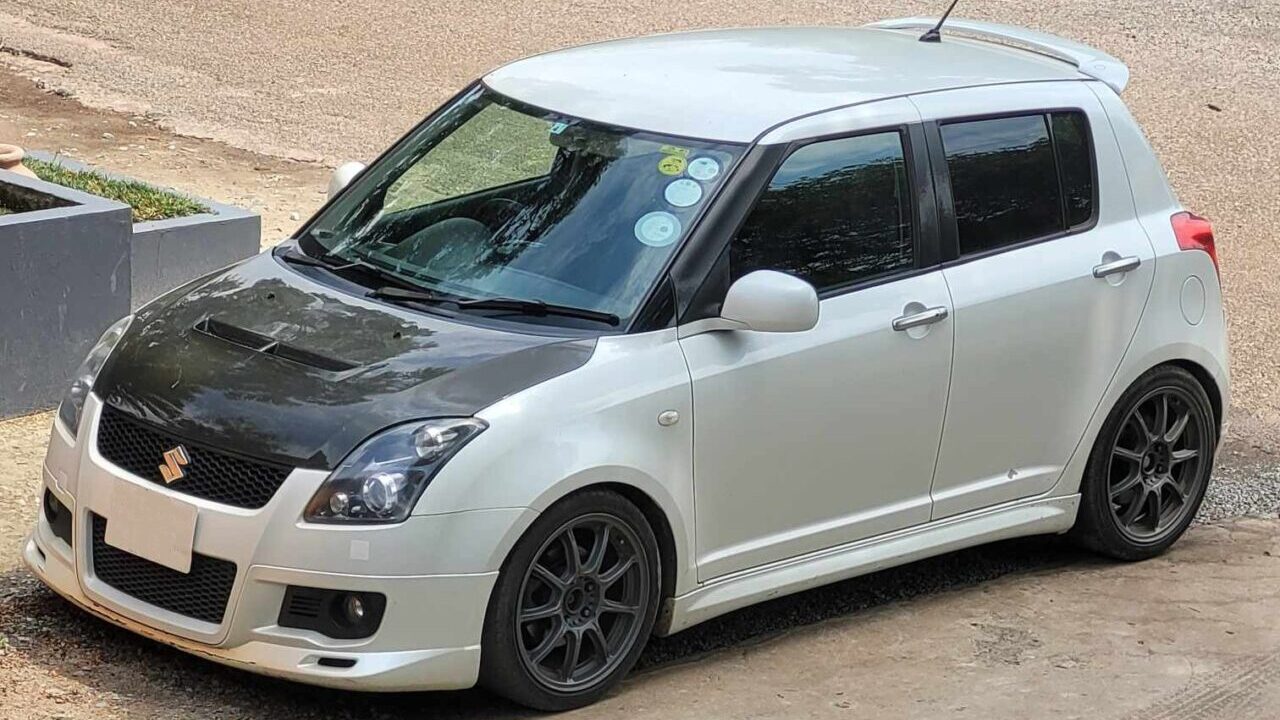
Speaking of underrated hot hatches, the Suzuki Swift Sport has been around for multiple generations, yet many car enthusiasts have never even heard of it. It’s like a Japanese version of the Mini Cooper, and each generation offers a distinct driving experience.
The first generation is powered by a naturally aspirated 1.6-liter producing around 125 hp, and it loves to be taken all the way to the redline. While the second generation has the same engine, it now produces 135 hp, and it’s a softer, slightly more comfort-oriented car. Still, it’s sporty enough to qualify as one of the most popular rental cars for driving on the Nürburgring. The third generation has a 140-hp 1.4-liter turbo engine, and it’s now very much like a GR Yaris for those on a shoestring budget — some have even teased out around 250+ hp from it.
Toyota Celica

Unlike previous Celica generations, the seventh and final generation of Toyota’s sports coupe was only available with front-wheel drive. Today, it’s shunned by many enthusiasts, and it’s fair to say that the styling didn’t age particularly well. It’s one of those things you’ll either love or hate.
That said, in its top-trim level, the Celica is an excellent track weapon. It has a 1.8-liter VVTi engine pumping out 190 hp, and there’s a decent amount of aftermarket parts for those wanting to take its performance to the next level.
Toyota GRMN Yaris

In 2018, before the GR Yaris was a thing, Gazoo Racing, Toyota’s motorsport division, created the limited edition GRMN Yaris. It was the first GRMN performance Toyota built and sold in Europe, and only 400 units were made for European customers, and another 200 were made available in Japan.
Under the hood, the tiny hatchback had a supercharged 1.8-liter Dual VVT-i engine that produced around 210 horsepower, all of which were sent to the front wheels. Unfortunately, its rarity means prices are steep, and it’s almost two decades until it can be imported to the States.
Toyota Starlet Glanza V
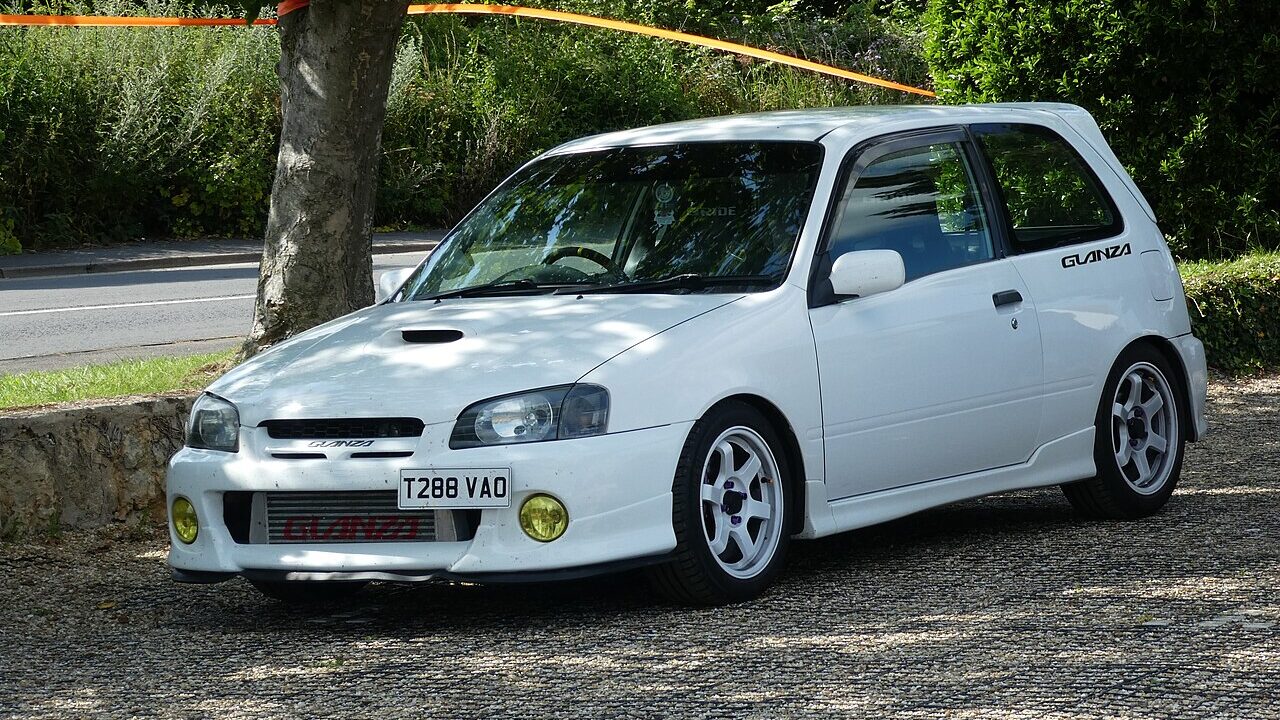
For the Starlet’s fifth and final generation, Toyota introduced the Glanza V as the sporty trim level. It had a turbocharged 1.3-liter engine producing 138 hp, giving it a power-to-weight ratio of roughly 150 hp per tonne… before you install aftermarket parts and tune it.
In stock form, it would accelerate from 0 to 62 mph in 8.2 seconds, which was respectable for a tiny hatchback in the late 1990s.
Honda Fit / Jazz

The Honda Fit is a blast to drive. It doesn’t have much power, even the 1.5-liter version only produces 130 hp, but it has an excellent chassis and its responsive steering never fails to put a smile on people’s faces.
The Fit drives similarly to Honda’s iconic Civics from the 1990s. It’s rewarding to drive fast if you get everything right and manage to keep the momentum going. Don’t miss a gearshift or brake too early, though, as you’ll be left in the dust by pretty much everything else on the track.
Front-Wheel Drive is not Wrong-Wheel Drive!
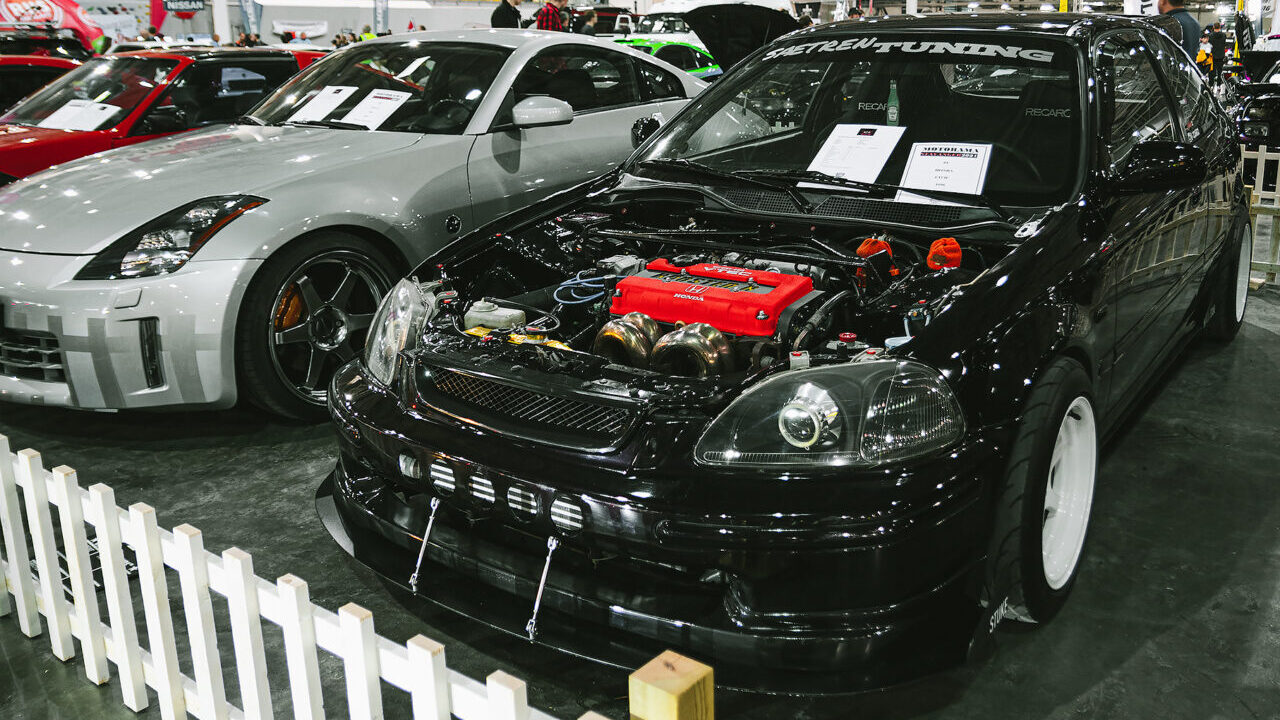
While many driving enthusiasts make fun of front-wheel drive cars, saying they’re not as capable as rear-wheel drive or all-wheel drive models, there are Japanese FWD cars out there that can hold their own around a racetrack or on a twisty mountain road.
We’ve barely scratched the surface here, and if you feel some FWD Japanese cars were left out, feel free to let us know in the comments or on our Facebook page.
Did you like this article?
Make sure you follow us on Facebook for more builds, guides, and car culture content.




